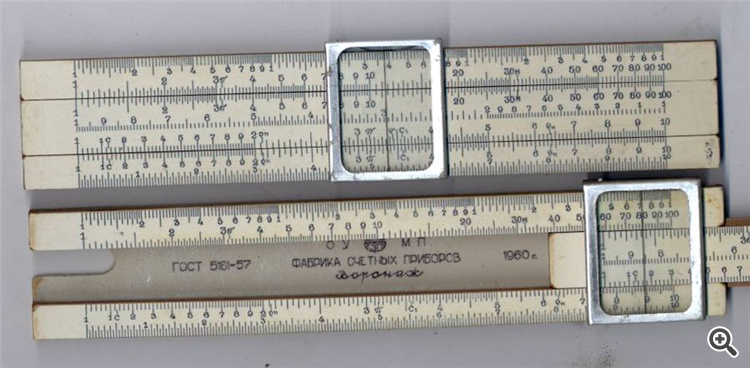Machine learning in trading: theory, models, practice and algo-trading - page 2521
You are missing trading opportunities:
- Free trading apps
- Over 8,000 signals for copying
- Economic news for exploring financial markets
Registration
Log in
You agree to website policy and terms of use
If you do not have an account, please register
Let me explain my conclusions again:
For a general estimation of the AFC over a random walk process, it is necessary to:
- take as large a sample as possible (100,000,000 in my case)
- Use normalized data
Conclusion: Pearson's coefficient is zero, everything else is the error in estimating the process over the sample.
That is, the random walk process has no autocorrelation.
It is equal to 0. ( 0.0010599888334729966 ), where 0 is the real autocorrelation and 0.00105 the error.
No! You don't have to take any samples. You have to take the definition and count from it.
No! You don't have to take any samples. We must take the definition and count from it.
Okay, but then there is no need to count anything at all, because the random walk simply can not be any autocorrelation in principle, because I myself have created a random array of numbers, generation of which was in no way connected with each other. Why would there be a correlation that I didn't set? Nevertheless, it is useful to test the resulting series of numbers, and make sure of that, and at the same time test your estimation methods and their effectiveness?
But yes, we just have different ways of thinking, you think like an academic mathematician, and I use computer simulation, these are different approaches to solving problems.
You are trying to replace the ACF with its sample estimate. Start with the definition of ACF, not with how to approximate it by the available realization (sample).
Example. Let Xi be white noise. Then its ACF = COV(Xj,Xk)/sqrt( COV(Xj,Xj)* COV(Xk,Xk)) - is a function of two indices j and k, which is equal to one if j==k and zero when j!=k.j and k are temporary indexes?
Yes.
And how do you substitute this into the SB formula?)
You should calculateCOV(Yj,Yk), where Yn=X1+X2+...+Xn, where Xi is white noise. Then as above for white noise calculate ACF = COV(Yj,Yk)/sqrt(COV(Yj,Yj)*COV(Yk,Yk)).
Yes.
You need to calculateCOV(Yj,Yk), where Yn=X1+X2+...+Xn, where Xi is white noise. Then calculate ACF = COV(Yj,Yk)/sqrt(COV(Yj,Yj)*COV(Yk,Yk)).
If I understand correctly, the sums of X1 to Xj and X1 to Xk are substituted.
Yes.
The sum from Xj to Xk remains in the formula.
No. Let j<k, then COV(Yj,Yk)= COV(Yj,Yj+X(j+1)+...+Xk)= COV(Yj,Yj)+ COV(Yj, X(j+1)+...+Xk)=...
The multiplication table is also a formula. Therefore, your statement should be interpreted as follows: trading according to the formulas you are familiar with is practicality, and according to unfamiliar ones is theorizing)
"The multiplication table is changing in the market", should be interpreted)
It must be assumed that it is changing to a special table, very practical and completely secret) Reminds me of the anecdote about the Stradivarius drum)
"In the marketplace the multiplication table changes", should be interpreted)
Almost with these devices the first spaceships were sent into space. Many calculations were made on this space instrument.)
Today, young people have no idea what the hell this thing is.)
I must assume that it is changed for a special table, very practical and absolutely secret) Reminds me of the anecdote about the Stradivarius drum)